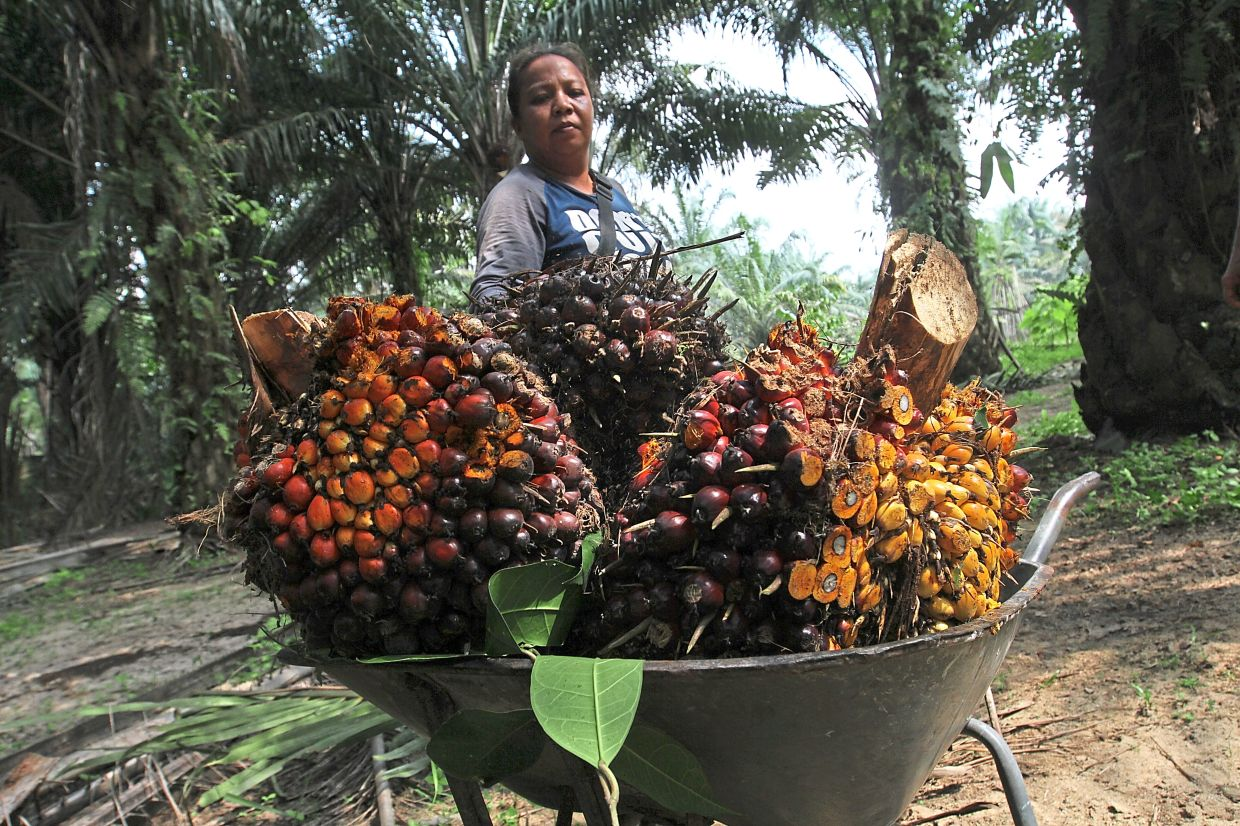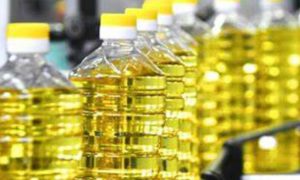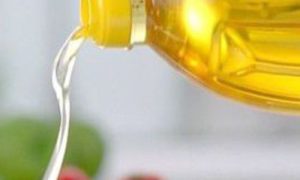Crude palm oil price likely to climb next year

PETALING JAYA: Analysts are mostly “neutral” on the plantation sector, citing concerns on the latest October palm oil stockpile of 2.45 million tonnes, which is the highest in four years and a lack of notable demand catalysts.
They have pegged the price of crude palm oil (CPO) at RM3,800 to RM3,900 per tonne for 2023, but remain optimistic for the price to climb above RM4,000 per tonne by the first quarter of 2024 on a better export outlook.
For Kenanga Research, the palm oil supply-demand trend for 2024 is expected to stay tight.
“While 2023 palm oil output is improving, the harvest of fresh fruit bunches in 2024 may encounter delays due to rain deficits in Indonesia’s key palm oil producing areas.
“So far, the rain deficit is not expected to dampen overall harvest much unless El Nino worsens,” the research house said in a note to clients yesterday.
In addition, the demand for edible oil for 2023 is reverting back to its usual 3% to 4% year-on-year (y-o-y) trend line growth.
This is likely to persist into 2024 thanks to robust demand for food and biodiesel, added Kenanga Research.
Meanwhile, planters’ margins should improve on lower costs, particularly with average fertiliser prices having fallen by 30% y-o-y, despite a month-on-month uptick last month.
Kenanga Research also noted that the plantation sector is “defensive and not overly expensive”.
“Although CPO prices and earnings can be volatile, well managed plantation groups offer good returns as well as growth.”
The research house likes Kuala Lumpur Kepong Bhd (KLK) with a target price (TP) of RM24.50 for the group’s strong track record, expansionary plan and strong balance sheet.
Kenanga Research also said PPB Group Bhd, with a TP of RM19.30, should see an earnings recovery in 2024 thanks to its associate company, Wilmar International Ltd’s exposure to China and India along with its own growing consumer-essential products in South-East Asia.
RHB Research has kept a “neutral” rating on the sector with a tactically positive trading strategy retained.
“There is no change to our RM3,900 per tonne CPO price assumptions for 2023 and 2024. We also continue to prefer Malaysian planters versus the regional players,” the research house noted.
Its top local-planter picks include IOI Corp Bhd, Sarawak Oil Palms Bhd and Ta Ann Holdings Bhd, while its regional picks include Golden Agri-Resources Ltd and Perusahaan Perkebunan London Sumatra Indonesia Tbk PT.
On the rising palm oil stocks, RHB Research said: “Although production is expected to taper off in the coming months, weakening demand in the export market may be likely given the high stock levels.
“This could mean that palm oil stocks would still exceed two million tonnes – potentially until year’s end at least, in our view,” it added.
Maybank Investment Bank (Maybank IB) Research concurred the palm oil stockpile may continue to increase in November.
“Although 2023’s monthly output may have peaked in October, we gather from several sources that production will likely stay robust in November, which suggests the possibility that the monthly local stockpile may not peak for 2023,” the research house noted.
It also considers the ongoing El Nino in 2023 to be mild and will have a minor impact on 2024’s overall CPO output.
Besides a weak El Nino thus far, a weak ringgit has also been a key price supporting factor for CPO futures on Bursa Malaysia Derivatives over the past six months.
Given its revised expectation of a weak ringgit to persist into 2024, Maybank IB Research has raised its 2023 and 2024 CPO average selling price (ASP) forecasts to RM3,800 and RM3,700 per tonne respectively.
“The relatively higher incremental revision to our 2024 CPO ASP forecast is also to reflect the anticipated impact on 2024 CPO output due to the ongoing mild El Nino episode,” it said.
A weak ringgit will inadvertently also add to some cost pressures on the local planters.
Hence, Maybank IB Research will review earnings forecasts for stocks under its coverage in the upcoming reporting season for revisions to ASPs, unit cost and output.















